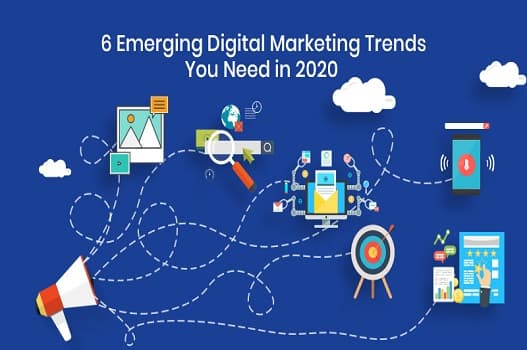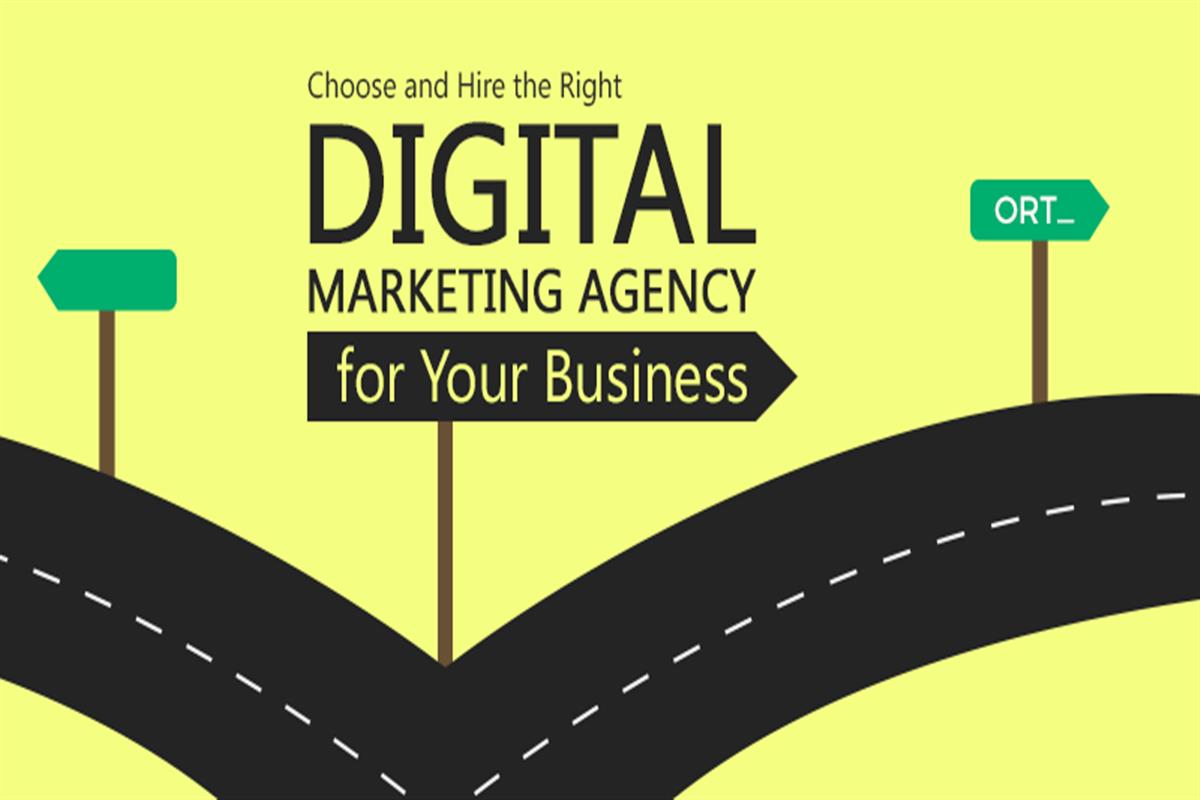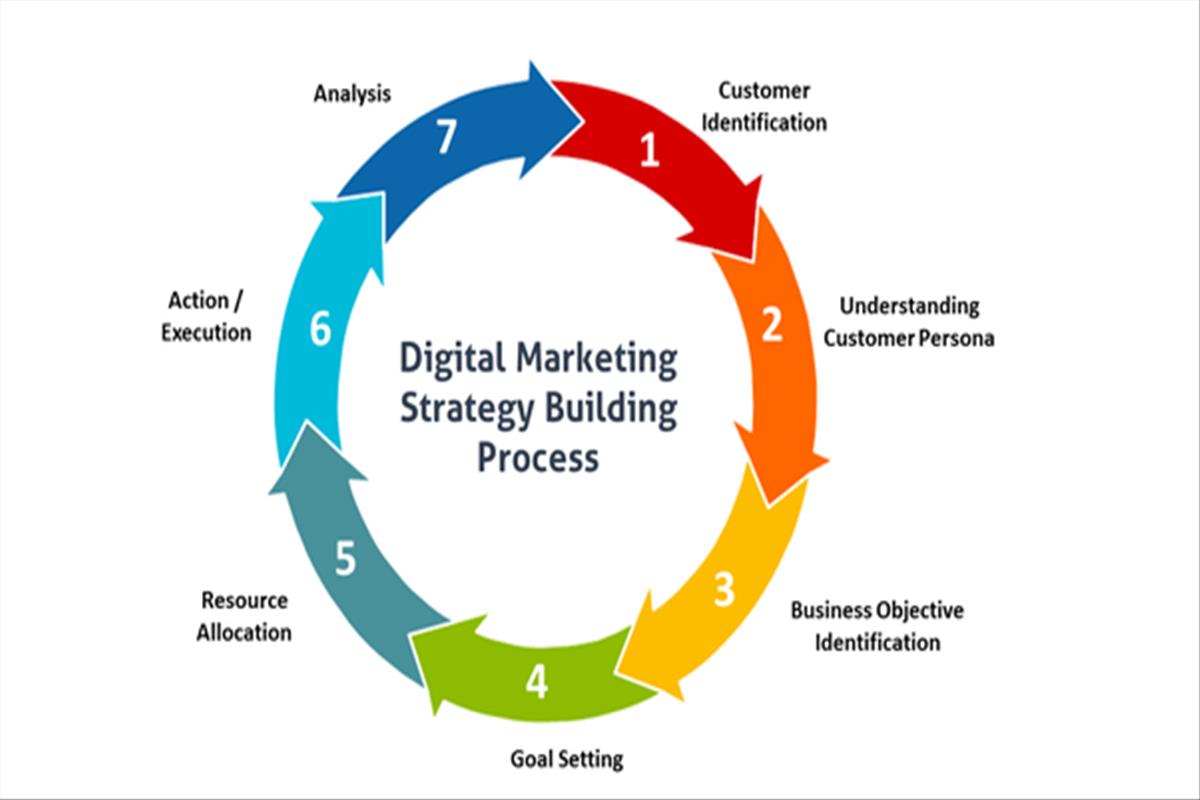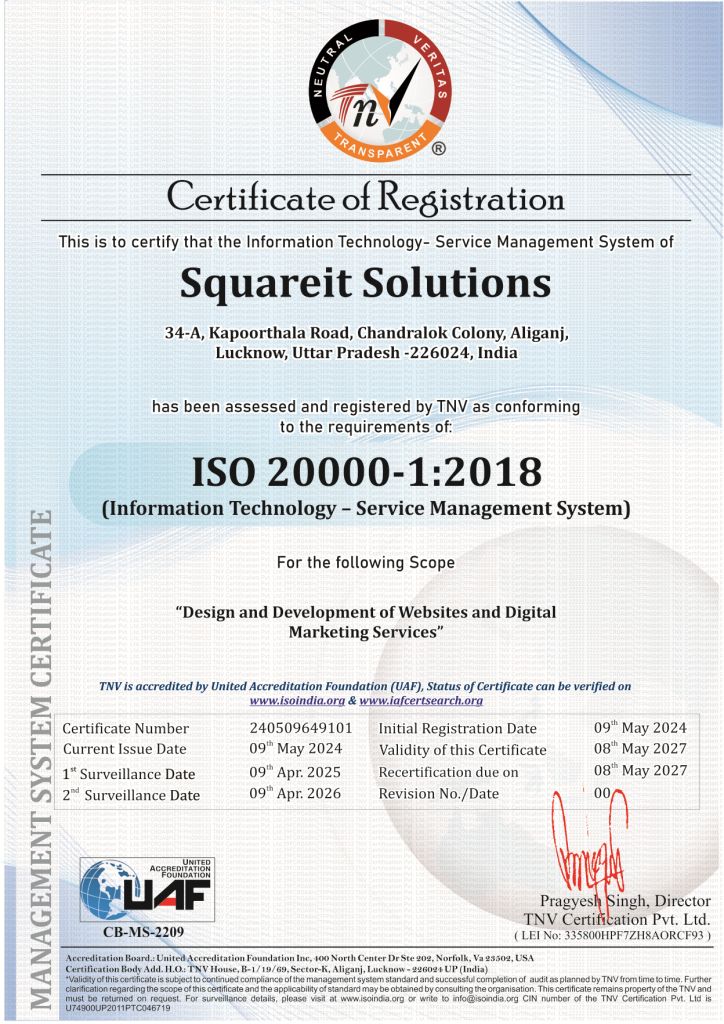Discover how businesses can leverage AI to enhance social media optimization, improve engagement, and achieve better marketing results.
Social Media Optimization (SMO) was once centered around the pursuit of vanity metrics, likes, shares, comments, and follower counts. For years, these numbers dictated how brands measured success. However, in today’s competitive and fast-evolving digital world, these metrics alone are no longer enough to drive meaningful growth. Businesses now need more than just surface-level engagement; they need real, measurable results that translate into conversions, customer loyalty, and brand advocacy.
Artificial Intelligence (AI) is reshaping the way brands approach SMO by introducing smarter tools, predictive analytics, and hyper-personalized engagement strategies. It enables marketers to not just react to trends but predict them, creating an agile and proactive social presence. This blog explores how AI is revolutionizing SMO, what the emerging trends look like, and how businesses can go beyond likes and shares to achieve tangible growth.
How AI is Revolutionizing Social Media Optimization
AI has become a core driver of modern SMO strategies. With its ability to process massive datasets, identify patterns, and make real-time adjustments, it’s changing how brands connect with their audiences.
1. Predictive Analytics for Smarter Campaigns
Predictive analytics powered by AI allows brands to forecast how their campaigns will perform even before they launch. Instead of relying on trial-and-error posting, businesses can use AI tools to:
-
Analyze past engagement data
-
Anticipate audience behavior
-
Recommend optimal posting times
-
Suggest the most effective content formats
This data-driven approach helps marketers reduce wasted effort, maximize engagement, and improve overall return on investment (ROI).
2. Hyper-Personalized Content Delivery
The era of generic content is fading fast. Consumers now expect personalization in every interaction. AI-driven SMO platforms analyze individual user behavior, demographic data, and interests to deliver content tailored to each audience segment. This includes:
-
Customized posts for different age groups or regions
-
Personalized product recommendations
-
Dynamic ads based on user intent
This hyper-personalization boosts click-through rates (CTR), improves audience trust, and increases the likelihood of conversions.
3. AI-Powered Chatbots and Automated Engagement
AI chatbots, powered by natural language processing (NLP), are revolutionizing customer engagement on social media. They can:
-
Respond instantly to customer queries
-
Provide product or service information
-
Nurture leads automatically
-
Handle 24/7 interactions without human intervention
This seamless engagement not only improves customer satisfaction but also ensures that no lead or query goes unanswered.
Beyond Vanity Metrics: Redefining SMO Success
For years, businesses have equated social media success with numbers—likes, shares, and follower counts. While these indicators show basic engagement, they rarely translate into measurable business growth. AI is helping brands move toward a more meaningful measurement model that focuses on ROI and long-term impact.
Key Performance Indicators (KPIs) for Future SMO
-
Engagement-to-Conversion Ratio: Measures how social interactions lead to actual sales or sign-ups.
-
Social-Driven Sales Growth: Tracks direct revenue generated from social platforms.
-
Customer Retention & Satisfaction: Analyzes loyalty rates and sentiment.
-
AI-Driven Reputation Tracking: Monitors brand perception and sentiment in real-time.
With these KPIs, brands can shift from vanity-driven campaigns to performance-driven strategies that truly impact their bottom line.
The Role of AI in SMO Trends for 2025 and Beyond
Social media continues to evolve, and AI is at the forefront of shaping its future. Here are some key trends that will define AI-powered SMO in the coming years:
1. Voice and Visual Search Optimization
With voice assistants like Alexa, Siri, and Google Assistant becoming mainstream, and visual search tools gaining traction, optimizing content for voice and image-based discovery is crucial. AI helps brands:
-
Analyze voice search patterns
-
Create content that answers spoken queries
-
Adapt images for recognition tools like Google Lens and Pinterest Lens
2. Predictive Content Creation
AI is no longer limited to scheduling posts; it is now influencing what type of content to create. Platforms such as ChatGPT, Jasper, and Google Gemini help marketers generate:
-
Trending topic suggestions
-
AI-optimized captions and hashtags
-
Creative formats like short-form videos or carousels
This predictive approach ensures content resonates with audiences even before it is published.
3. Automated A/B Testing
AI drastically improves the efficiency of A/B testing by analyzing engagement data in real-time. It identifies which version of a post, ad, or campaign performs better and automatically scales the winning version across platforms.
How Businesses Can Leverage AI for SMO
Implementing AI in SMO is no longer optional for brands that want to remain competitive. Here are the key steps to get started:
Step 1: Invest in AI-Based SMO Tools
Platforms like Hootsuite, Buffer, Writesonic, Jasper AI, and Sprout Social now integrate AI features that handle scheduling, caption generation, and analytics.
Step 2: Focus on Audience Intent, Not Just Demographics
AI allows marketers to understand not only who their audience is but what they want. By analyzing search behavior, browsing patterns, and content interactions, brands can build intent-driven campaigns rather than just demographic-based ones.
Step 3: Automate Routine Tasks
Repetitive tasks such as posting schedules, comment moderation, and performance reporting can be automated using AI. This frees up your team to focus on creativity, strategy, and authentic customer interactions.
Challenges of AI in Social Media Optimization
While the potential is immense, AI implementation in SMO comes with challenges that businesses must navigate:
-
Over-Reliance on Automation: Excessive automation can lead to a lack of human creativity and emotional connection.
-
Privacy Concerns: Collecting and analyzing user data raises ethical and regulatory challenges.
-
Algorithm Bias: AI systems can unintentionally favor certain content or demographics, affecting fairness and reach.
Balancing automation with human creativity and ensuring transparency in data usage will be key to successful AI integration.
Future Outlook: SMO as an AI-Driven Ecosystem
The future of Social Media Optimization will go far beyond creating viral posts. It will focus on building meaningful, long-term relationships with audiences using AI as a catalyst. Expect the next wave of SMO to:
-
Enable predictive customer journeys
-
Offer real-time performance optimization
-
Integrate seamlessly with SEO for a unified digital marketing strategy
Brands that embrace AI-powered SMO early will gain a competitive edge by being more adaptive, efficient, and customer-centric.
Conclusion
AI is taking Social Media Optimization beyond vanity metrics by enabling businesses to deliver hyper-personalized content, automate engagement, and measure success in terms of real business outcomes. As tools like ChatGPT and Google Gemini evolve, marketers must adopt intelligent SMO strategies that focus on customer value rather than empty metrics.
The future belongs to brands that use AI not as a replacement for human creativity but as a powerful partner in building authentic, impactful social connections.







